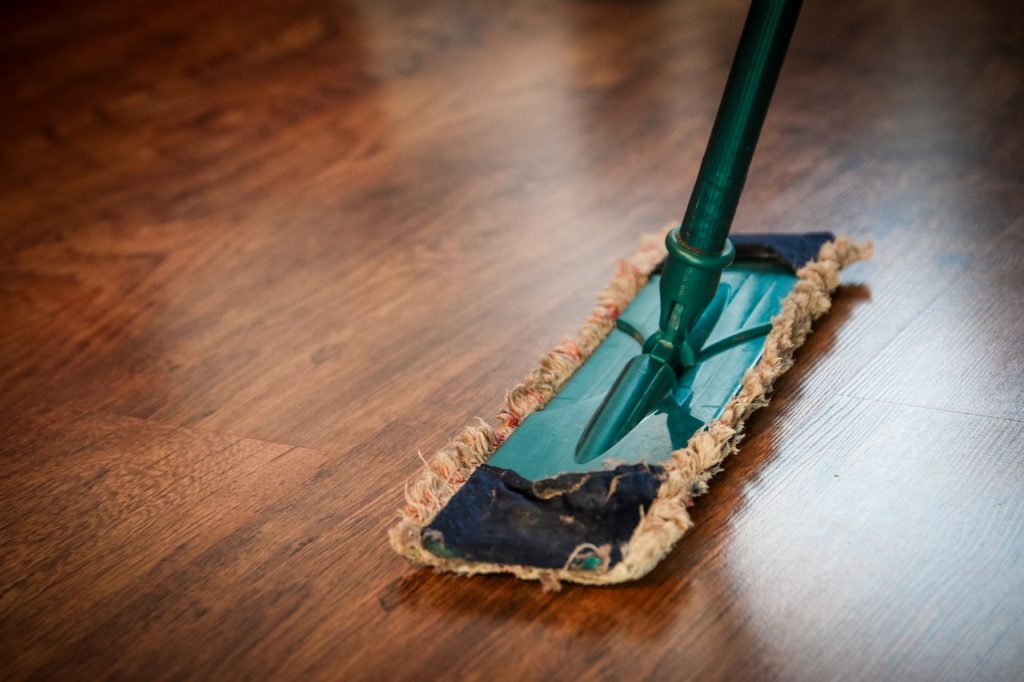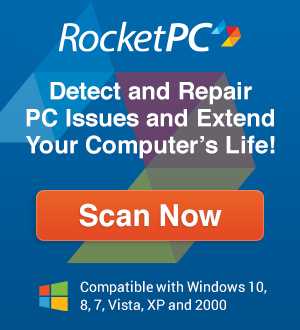
Here are some easy steps to clean your Windows device
Users often need help keeping their windows devices physically clean. Users will leave their devices idle for some time and will be welcomed back by ounces of dust covering their devices.
To clean their devices, users rely on napkins or pieces of cloth to wipe off the dirt from the hardware of their system.
But one issue that often troubles the users is that while wiping their keyboards, they face problems as several buttons are unintendedly pressed, which creates chaos in the system. The user gets logged out from a site, erases an essential document from memory, or, the worst one of the lots, mistakenly types an informal email to their boss. These issues lead users to procrastinate and not keep their devices neat and clean.
A simple issue to this keyboard problem is to disable your device’s keyboard. So how to achieve this?
To disable the keyboard on Windows 11, you can try the following steps:
- Go to the Start menu and select Settings.
- Select Ease of Access.
- Select Keyboard.
- Toggle off the “On-Screen Keyboard” option.
Alternatively, you can also use the Device Manager to disable the keyboard. Here’s how:
- Press the Windows key + X to open the Quick Access menu.
- Select Device Manager.
- Locate the keyboard device in the list of devices and expand the list.
- Right-click on the keyboard device and select Disable.
Please keep in mind that disabling the keyboard will also affect the external keyboard connected to the device if any.
Another issue a user faces while keeping their devices clean and aesthetically admirable is the device’s screen. You might force yourself to ignore all the other dirt on your device, but how can you miss the annoying layers of disgust on your screen? Since the majority of your work is done with the aid of the powerful display unit, that is, your device’s screen, most of your viewing activity is designated to the screen. Hence a user has to make sure that they keep it clean.
The best way to clean your laptop screen is to use a microfiber cloth and a solution of water and a small amount of mild detergent. Here are the steps you can follow:
- Turn off your laptop and unplug it from any power source.
- Mix a small number of mild detergents, such as dish soap, with water in a spray bottle.
- Spray a small amount of the solution onto the microfiber cloth, making sure that it is not too wet.
- Gently wipe the screen with the damp cloth, being careful not to press it too hard.
- Use a dry part of the cloth to wipe the screen again and dry it completely.
It’s important to avoid using abrasive materials, such as paper towels or regular cleaning supplies, as they can scratch the screen. Also avoid using an excessive amount of water and cleaning solution, as it can damage the screen or the device.
You can also buy specifically designed LCD/LED cleaning solutions and microfiber cloths which are made to clean the screens of electronic devices.
But in some cases, this way of cleaning your screen effectively is not feasible. One issue faced by users that have touchscreen devices is that while cleaning it, the same issue as with the keyboard, several actions are prompted that were not intended by the user, which may lead to unwanted consequences.
One way is to switch off your device. Still, in most realistic environments, this is not feasible as you have several programs and applications running in the background, which on restarting, will take a long time to get back to the current state.
Hence an alternative to this is to disable your touch screens. So how to achieve this?
To disable the touch screen on Windows 11, you can try the following steps:
- Go to the Start menu and select Settings.
- Select Devices.
- Select Touchscreen.
- Toggle off the “Touchscreen” option.
Alternatively, you can also use the Device Manager to disable the touch screen. Here’s how:
- Press the Windows key + X to open the Quick Access menu.
- Select Device Manager.
- Locate the touchscreen device in the list of devices and expand the list.
- Right-click on the touchscreen device and select Disable.
Please note that disabling the touch screen may also affect any other touch-enabled device that is connected to your device.
By applying these shortcuts, a user can clean their devices and take care of them on the go without allocating specific time for the maintenance of the device.
Lastly, users are sometimes deluded as, for them, physical appearance has no value. But in many cases, most systematic problems, when backtracked, are initially caused by a lack of basic cleanliness, which ripples down to the operating system and proofs to be troublesome in the long run.

